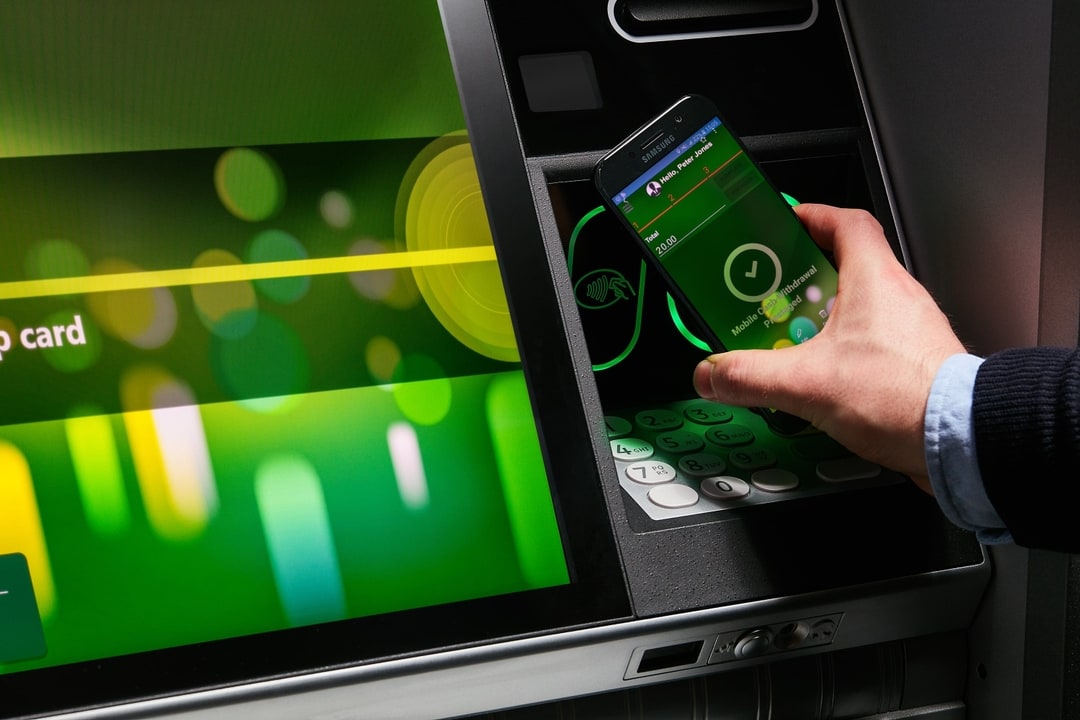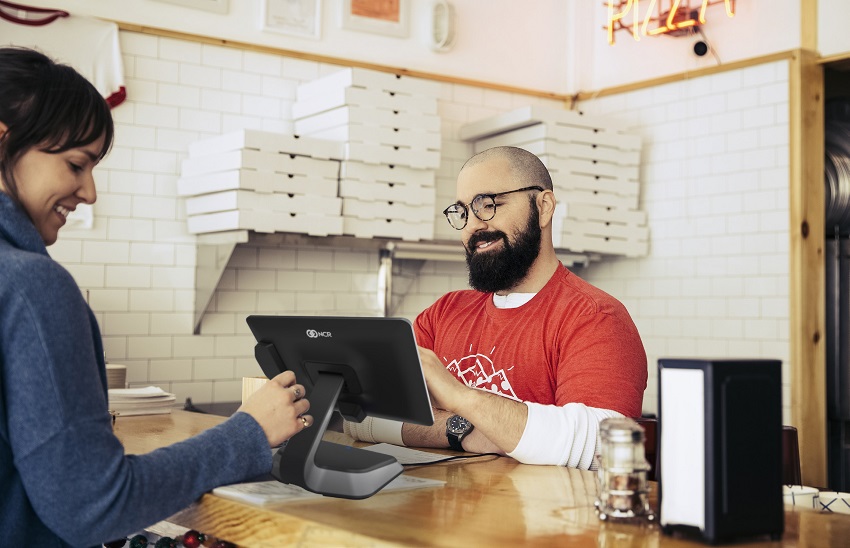Develop long-lasting customer satisfaction with a robust retail strategy
Published February 28, 2022
Businesses of all kinds are waking up to value of digital technology in powering the omnichannel experiences of the future. But putting these into practice can be easier said than done.
Retail is becoming more digitally driven and agile. Online channels are being blended with in store systems to create a more seamless, convenient and pleasant buying experience tailored around the needs of your customers. However, this is one aspect which businesses often get wrong. Agile and digital developments can often go astray unless they are carefully planned and implemented.
The most important aspect of an agile retail strategy is to start with your goals before building your framework. These will vary from business to business. However, when asked what their top digital priorities were for 2021, retailers picked leveling up the customer experience.
Top digital priorities for agile retailers
- 35% Improve customer experience
- 30% Optimize business processes and operational efficiency within the supply chain
- 15% Consolidate or upgrading legacy IT infrastructure
- 11% Change management for digital adoption
- 9% Adopting new business or revenue models
These are all great goals, and your agile retail strategy should provide the tech foundation to accomplish all of these. However, you need to focus your efforts first on the biggest payoff areas.
Implementing an agile retail strategy
Indeed, the majority of digital transformations fall short of their goals. In the retail business, that can be an expensive proposition. So, what does it take to create a valuable agile process?
Consulting group BCG identified six essential strategies in any change management process in some of the world’s top-performing companies as they went through digital transformations.
1. A clear and integrated strategy
2. Total management commitment
3. High-caliber talent
4. Agile governance
5. Monitoring progress and outcomes
6. Business-led tech and data platforms
A clear and integrated strategy
While every company does some version of goal-setting as part of their strategy, few set a truly clear vision. For an agile retailer, this requires determining strategic imperatives and quantifiable business outcomes, then providing a strong sense of purpose through the organization.
In other words, be clear about what you want and work to inspire buy-in.
Total management commitment
A commitment to becoming an agile retailer is a good start, but it’s not good enough. From your agile marketing team to sales team to operation team, and everywhere in your organization, the agile process only works if everyone is on the same page. This requires strong and consistent leadership from the top of the organization.
You need the CEO and top executives to support, advocate and drive the digital transformation process to create buy-in. While other team members need to take an active role, the responsibility and leadership of agile project management cannot be delegated.
High-caliber talent
Companies often underestimate what it takes to get the job done, from timelines to expense to talent—especially when it comes to talent. The agile process demands a high level of expertise during implementation.
It should include your best people within the organization and will likely require additional support to fill in skills gaps.
Agile governance
Business leaders must adopt an agile mindset to drive adoption to be successful. This requires an open mind about problems and roadblocks. When setbacks happen or expected outcomes don’t occur, leaders have to be willing to admit there’s a problem, regroup and re-evaluate.
This applies to the process itself and the system by which the company is controlled, operates and holds itself accountable.
Monitoring progress and outcomes
You started by setting goals for your business agility. The only way to know if you are meeting these goals is by monitoring the progress and outcome.
During the COVID pandemic, this became increasingly difficult to do as customer needs and trends seemed to change so rapidly. Fashion retail companies saw consumer trends shift from workplace to casual. Brick and mortar stores saw an accelerated shift from in-store to online and needed to pivot to online orders with curbside pickup.
The agile retailer needs to also apply an agile approach to measurement. When retailers couldn’t get inventory, sales projections were no longer relevant or realistic. Failing to apply an agile approach to every aspect of your business is a recipe for failure.
Companies also need to create a culture of accountability, track outcomes at regular intervals and be ready to change and adapt as needed.
At NCR our next generation analytics platforms can bring all your relevant information into one place. This gives managers a single version of the truth from which they can draw up reports and track any aspect of their business they wish. This provides transparency and visibility into operations and also encourages a level of accountability and responsibility in the organization. Knowing that work will be tracked and assessed will galvanize your team to work towards the goal you set. Equally, by having people compile these metrics it helps to improve mission focus by keeping your sales team looking at the big picture and working towards those initial goals you set down.
Business-led tech and data platforms
Although it takes technology to drive your digital transformation, your tech stack is just the means to an end. As such, you need to ensure business goals and not technology goals to determine your technology.
Your IT infrastructure, data platform and cloud solutions all need to support an agile process to handle future use cases and high levels of scalability.
An effective agile retail strategy will grow your retail business
Embracing an agile approach is a comprehensive restructuring of how your company thinks and operates. It creates a foundation for innovation to help you address rapid changes in operations and customer demand.
For example, as consumers shifted to order online/pick up curbside, retailers needed to retool their websites, store processes, and parking lot layouts. An agile approach lets retailers pivot quickly as consumer shopping habits evolve.
Many consumer packaged goods (CPG) companies have experienced diminishing purchases in-store and increased online sales at the same time. For some, this meant a total re-engineering of their warehousing and distribution processes. For retailers, it meant adjusting inventory levels and re-allocating shelf space.
Successful leaders have shifted their behavior using an agile framework to facilitate more rapid decision-making, continuous iteration and empowering employees to make ground-level decisions.
There’s great value in becoming an agile retailer and marketer, but only if it is pervasive and underpins every decision you make across every consumer touchpoint. You simply can’t underestimate the importance of agility in success in today’s retail environment, especially if you want to meet customer expectations and create customer satisfaction.
Take care of your people
Mergers entail a lot of change, and no one likes change.
Introducing new technology and new processes requires a significant amount of training to get people up to speed on the new systems. Everything — payroll, time cards, point-of-sale machines, purchasing and sales–must be relearned. It can cost between $1,200 and $1,500 per employee to train a new store to successfully adopt a new IT system.
Staving off that disruption through the “home office first” approach saves money during a merger, minimizing disruption by keeping processes the same for employees.
It’s important for a company to take care of its people first and foremost during a merger, because they are the foundation of a successful business. By not uprooting how people do their job on a daily basis, retention holds steady. In the “rip and replace” approach, turnover often jumps 15 to 30 percent after a merger.
Technology is important, but if there isn’t the process there to support it, it will fail.
A nimble acquisition model opens the door to aggressive growth
Expect deal volume to increase in the retail sector. Smaller retailers unable to invest in custom software for innovations such as online ordering and curbside pickup will lose market share and find themselves gobbled up by larger competitors.
In that environment, many retailers may look to mergers and acquisitions to aggressively pursue revenue growth. Retailers who embrace “home office first” as a repeatable model for deals poise their companies to take advantage of market upheavals and ensure a fast transition and immense cost savings.



